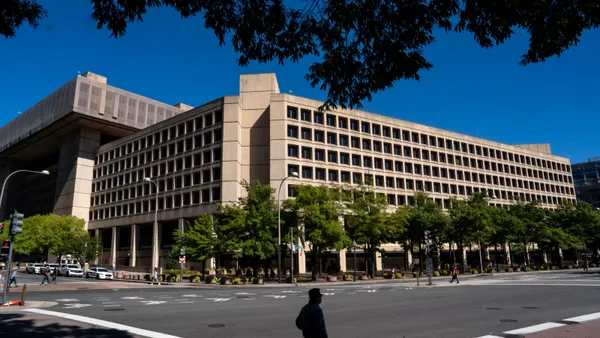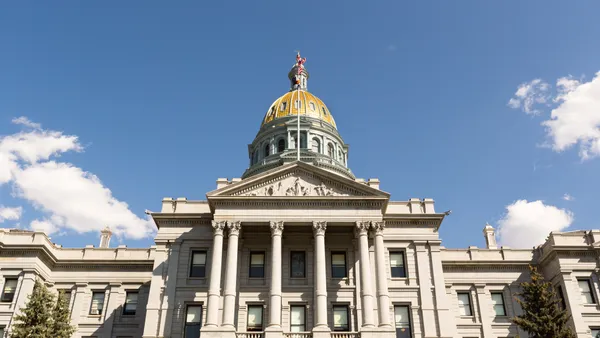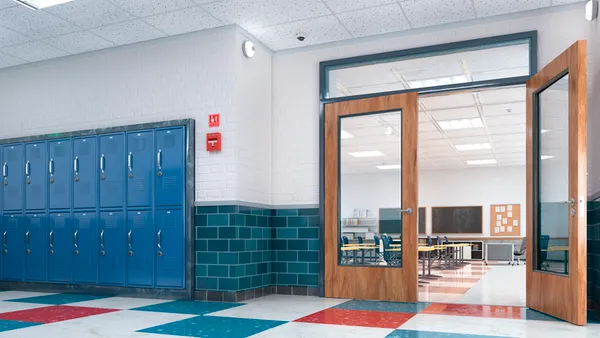Dive Brief:
- The California Energy Commission on Wednesday announced it has adopted updates to the state’s Building Energy Efficiency Standards, or energy code, to support the state’s clean energy, public health and climate goals. If approved by the California Building Standards Commission, the 2025 update would take effect Jan. 1, 2026.
- The energy code updates encourage installing heat pumps in new homes and certain nonresidential buildings; replacing old HVAC units with high-efficiency systems in existing retail spaces, schools, offices and libraries; and establishing electric-ready requirements for commercial kitchens and some multifamily buildings. The updates also strengthen ventilation standards for better indoor air quality in multifamily buildings.
- The updates are expected to save $4.8 billion in energy costs, drive 500,000 heat pump installations in the first three years and slash greenhouse gas emissions by 4 million metric tons, CEC said in a news release.
Dive Insight:
Buildings are responsible for about 25% of GHG emissions and nearly 70% of California’s electricity use, according to a fact sheet on the 2025 energy code the CEC published.
The CEC is required by state law to update and adopt the energy code every three years. Over the past 50 years, it has saved Californians over $100 billion in avoided energy costs, according to the fact sheet.
The 2025 code updates focus on expanding the use of heat pump technology for space and water heating to cut emissions and boost efficiency, CEC said.
The CEC’s prioritization of zero-emission appliances for space and water heating will result in healthier and more climate-resilient buildings that improve air quality statewide, Ted Tiffany, senior technical lead for the Building Decarbonization Coalition, said in a statement.
The standards also encourage electric-ready setups in commercial kitchens and some multifamily buildings, which would ease the transition to electric systems for cooking and water heating.
Notably, the code also updates solar photovoltaic and battery energy storage standards for multifamily and nonresidential buildings to promote cost-effective installations, per the CEC’s fact sheet. These updates for assembly buildings, such as those used for religious worship and sports and recreation, aim to boost the availability of clean energy for on-site use and minimize energy exports to the electrical grid, CEC said in the news release.
“In a first for the nation, the 2025 code also begins to phase out methane gas in existing buildings with provisions to replace rooftop HVAC units in commercial buildings with electric heat pumps," Matt Vespa, senior attorney at Earthjustice, said in a statement.
The California Building Standards Commission is scheduled to consider the updates for approval in December, the CEC said.














